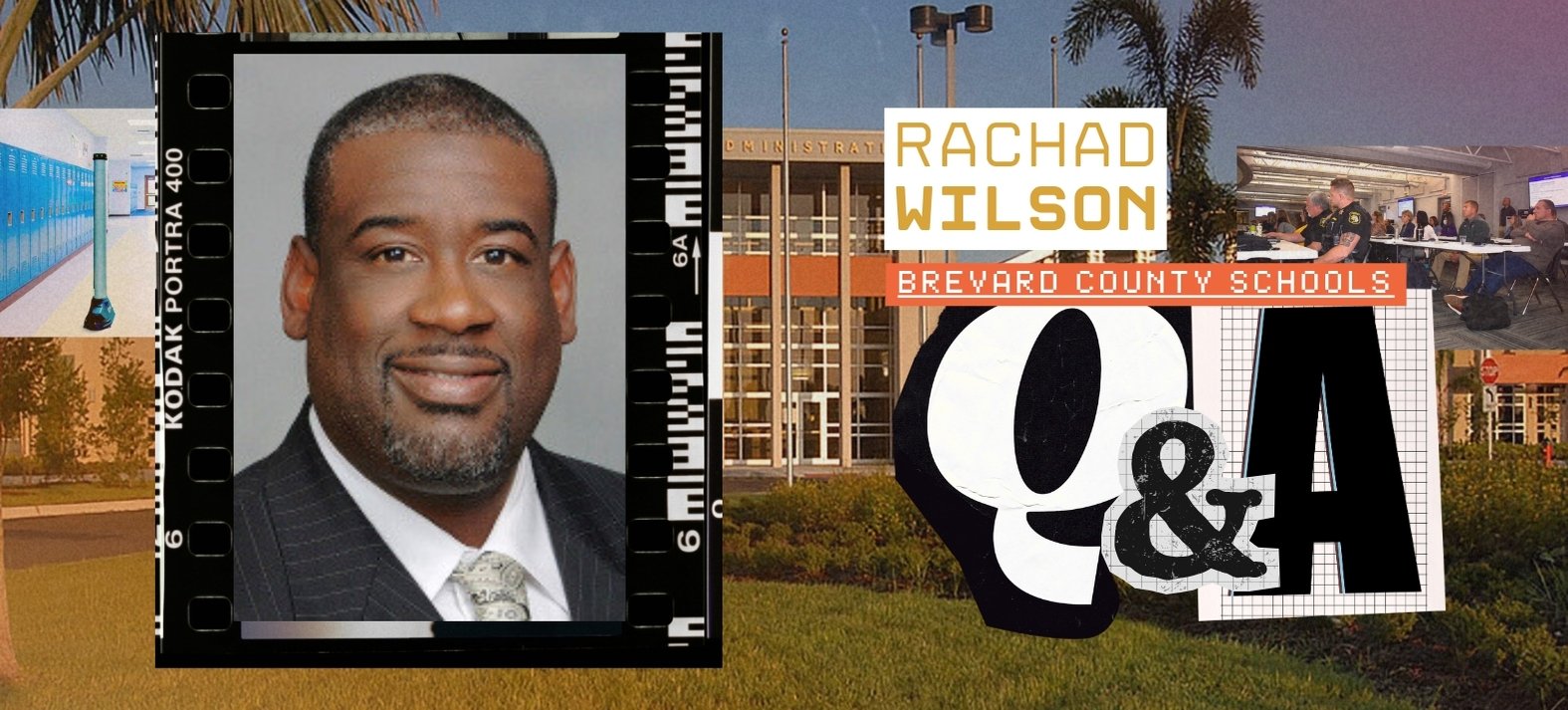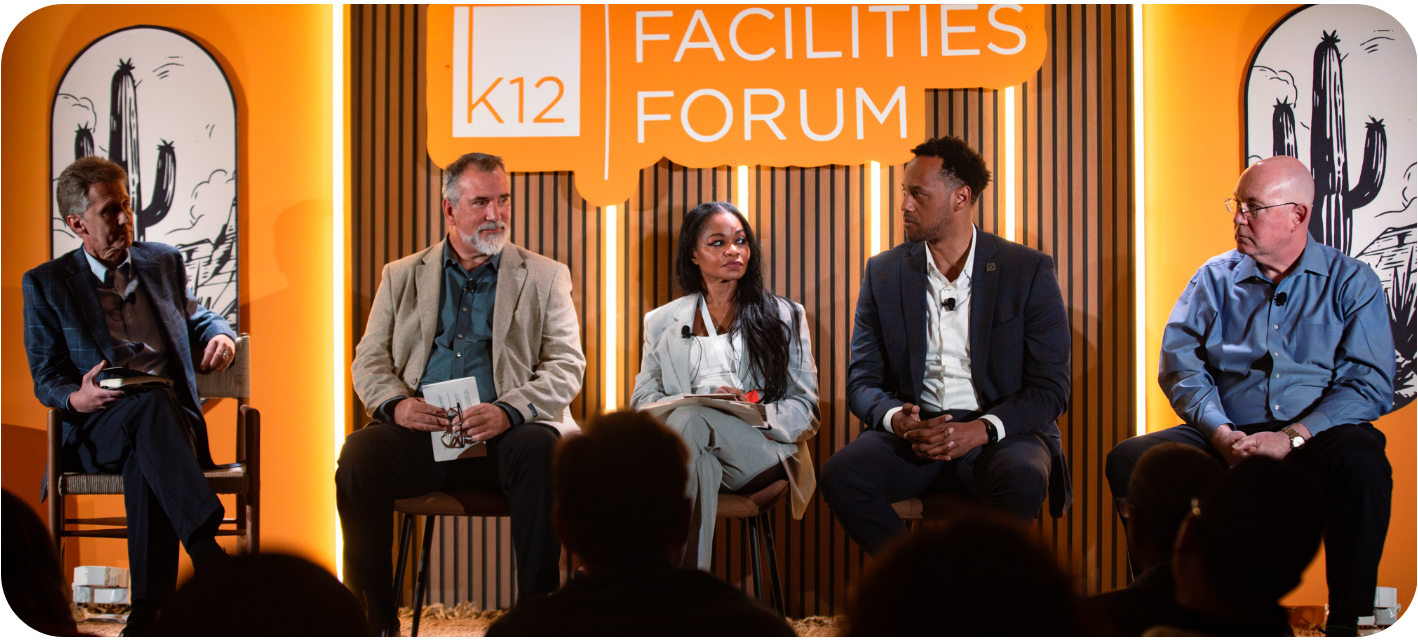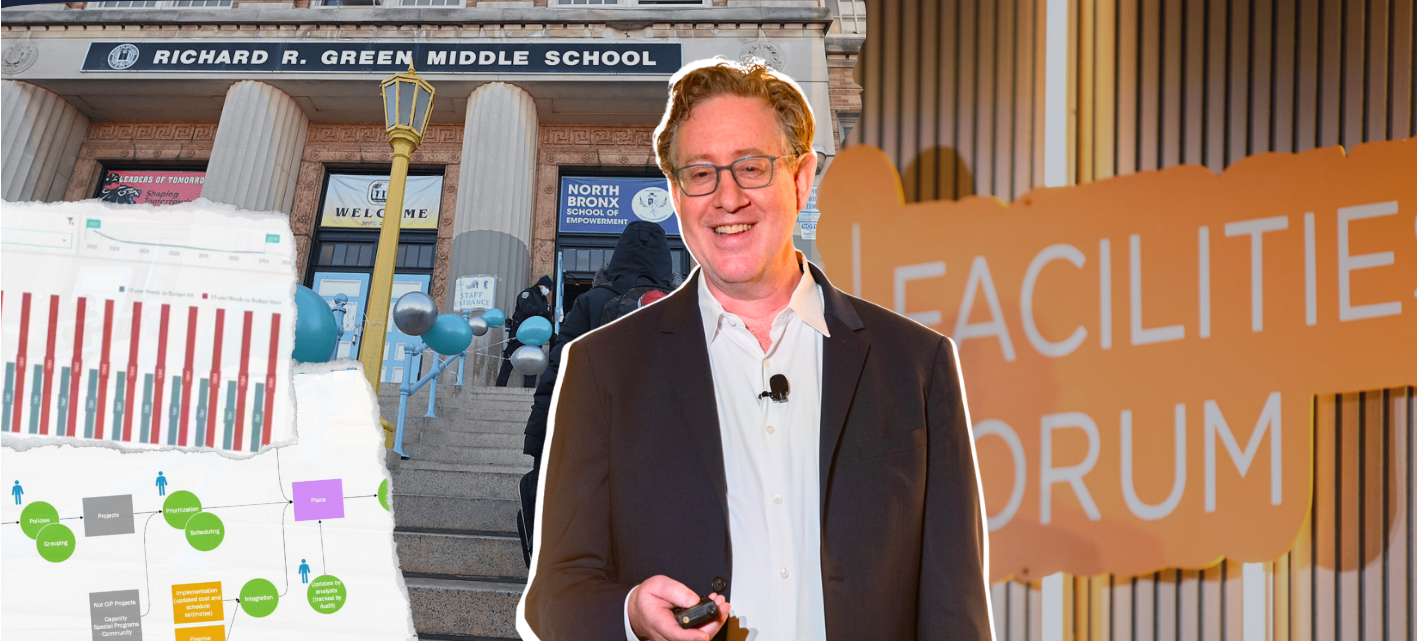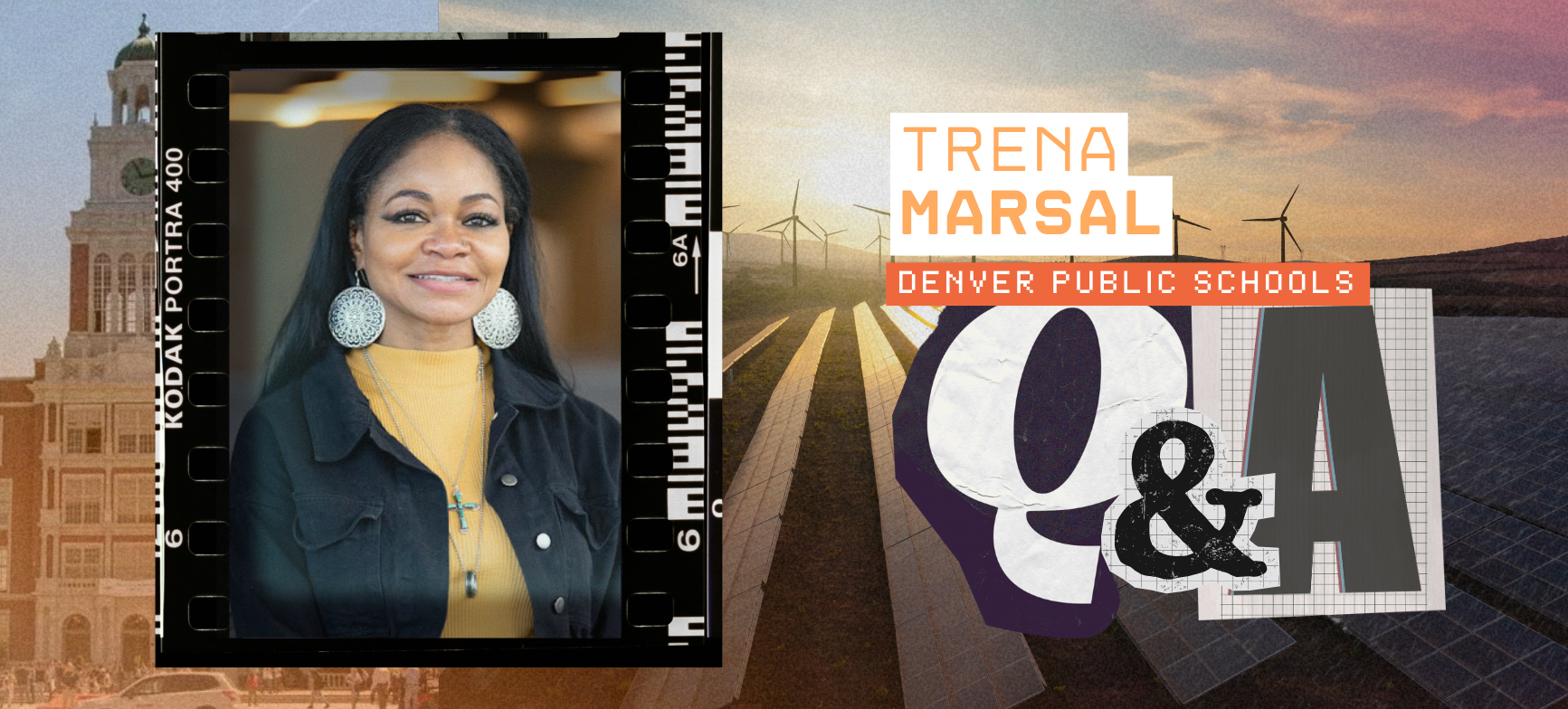For school facilities leaders, a drastic uptick in school shootings and security threats have added a complex, ultra-critical component to the traditional job description.
Regardless of a school’s size or location, a culture of safety is something that we can no longer take for granted. However, it’s no small task to implement top-notch security measures while also ensuring a nurturing learning environment for young students, and best practices are constantly evolving.
At the K12 Facilities Forum, we approached the multi-layered topic of school safety from two different perspectives. Wanda Paul, Chief Operating Officer at Palm Beach County Schools, and Dan Demland, Staff Architect at Arizona School Facilities Board, both shared valuable insights into how facilities leaders can be a catalyst for strengthened security via operations, design principles, and staff training.
A Swift Response To The Parkland Tragedy
On February 14, 2018, Paul’s concept of her role as Chief Operating Officer of a school district was forever changed. She was in a board meeting when news broke about the horrific mass shooting at Marjory Stoneman Douglas High School in Parkland, Florida, which killed 17 students and staff members.
Paul was bombarded by scared parents and hysteria on a level she had never experienced: “How do you tell parents they can bring their kids to school feeling confident that they are taken care of? It was a significant emotional event for us.”
Practically overnight, the Florida Senate passed Senate Bill 7026 to address student safety and mental health issues. The district immediately had to align with the new requirement, which made a significant dent in the operational budget (since there was initially no funding attached).
The bill mandated that Palm Beach County Schools, the 11th largest district in the nation, place a police officer in each of its 185 schools. In a span of 24 hours, Paul’s team negotiated new security agreements with 25 local law enforcement agencies to cover schools in their jurisdiction until the hiring and training was complete.
Today, the district is still in the process of recruiting and training officers. On campuses with a large population, they’re also working to provide second police officers as backup. It’s an ongoing challenge to offer competitive salaries and recruit officers, although regular daytime hours and a school calendar are two advantages of the role.
As far as the “hardening” of the physical infrastructure, Paul explained that work is ongoing and actually began after the Sandy Hook tragedy. They are in the process of building an emergency management center to allow for real-time incident management at the push of a single button, and to have centralized control of physical systems and sources of data.
The summer of 2018 saw major changes in a short amount of time and involved adding/upgrading single points of entry, fences and gates, card readers, security cameras, radio signal coverage, safe rooms and beyond.
Post-Parkland: Lessons Learned
According to Paul, facilities leaders must take a multi-faceted look at school safety and the following components:
- Prevention
- Communication
- Intervention
- Crisis response
- Diversion
- Reunification
- Safety and security
- Recovery
Paul shared that mental health is also being addressed so that there’s better support for kids in crisis, with strengthened efforts regarding the issues of bullying and the identification of high-risk students. A huge culture shift had to take place, even trickling down to changing policies at Friday night football games (see-through backpacks are now required and no purses are allowed).
“Who needs a seat at the table when discussing school security? The answer is everyone,” Paul said. “This includes the school board, superintendent, school police, risk management, finance, principals, staff, HR, after-school activities, tech, communications, etc.”
The district is collaborating with a number of key external partners: law enforcement, fire and rescue services, criminal justice commission, mental health specialists, and school safety specialists.
Paul also touched on the importance of having a collaborative crisis response plan, which needs to be multidisciplinary and unified in the event of an emergency. “Our plans are uploaded into a shared platform for easy accessibility and identify key resources and staffing,” Paul shared.
An organized crisis communication plan is just as essential. In Palm Beach County, they developed a system that can simultaneously distribute communications to parents via app, text, and phone regarding school safety circumstances and send updates as the situation evolves.
“Together, we can strive a build a culture of safety through our schools. Our ultimate goal is to make every day a safe school day,” Paul shared. “It’s a relentless, iterative process, and you need to make that commitment with both personnel and money on the front end.”
An Architect’s Perspective
For Dan Demland, the horrific Sandy Hook tragedy propelled him into an intensive investigation into how school districts can best protect students. He embarked on a study that included more than 200 school shootings from 2000-2014.
However, school shootings are not the only facet of school security. The top two threats faced on campuses on a daily basis are custodial interference and bullying. It’s actually rare for an armed shooter to forcibly breach the campus, with Sandy Hook being the high-profile and tragic exception. Entrance prohibition, though essential, can’t be considered a sole preventative measure. The scary truth is that “often, the people who do harm on campus actually belong there. There’s no ability to prohibit them, which is why we have to think different.”
It is increasingly non-negotiable for schools to have a single entry point secured by an administrator with controlled access once the bell rings each morning. Districts must enact policies where visitors aren’t simply signing in and then going on their way; IDs need to be collected.
“$1 in prevention saves $4 in mitigation. I have a fiduciary responsibility to taxpayers-- is money better spent before or after a crisis? I think we all know the answer to that question,” Demland said.
Like Paul, Demland emphasizes the importance of the emergency response plan (ERP). And not just the mere existence of a plan, but one that’s actually learned, practiced, and ingrained into the minds of staff.
“As a former baseball coach, I would give my athletes the fundamentals, a game plan, and then the authority to execute it. You have to do the same with teachers. No one is grabbing a 4-inch binder during an emergency,” he said. He believes an ERP should be five or six pages; seven at the most. It must establish a command center, and Demland suggests having two sites in the case that violence occurs on the original site.
Demland believes facilities leaders should be aware of the I Love U Guys Foundation, which was started by a father who lost his daughter in the Platte Canyon High School shooting in 2006. The foundation has created the standard response protocol (SRP), which has been adopted by many schools. The SRP doesn’t provide a scenario-based approach to threats, but rather a flexible framework for any given situation. They also offer resources regarding reunification.
“Facilities leaders don’t have to reinvent the wheel,” Demland said. “Take advantage of these resources!”
He also makes a note about bulletproof windows; namely, the fact that they aren’t actually bulletproof. Rather, they’re bullet-resistant. To impede a perpetrator’s attempt to enter a building, Demland suggested hurricane-type film as a cost-effective (at about $7 a square foot) alternative to Level III or IV ballistic glass. “The goal is to keep the bad guy from entering for a minute and a half or more when time is of the essence,” he said.
Beyond design and operations, outside-the-box thinking can also play a huge role in bolstering school safety. Demland shared an uncommon approach at Orchard Gardens School, a high-risk school known for being in a rough part of town. A new principal boldy decided to refunnel the money that had gone into hiring security guards (around $100k a year) into the arts, beautifying the prisonlike hallways with vibrant artwork.
Within two years, the school was a top performer in the area. Demland shared that creating ownership and pride for students, faculty, and even the community helped to make Orchard Gardens a safer place and that a holistic view of safety can be hugely beneficial for districts.
The Future of School Security
“Security is multifaceted, and it takes buy-in from all levels,” Demland said. “Facilities leaders have an invaluable role to play as that catalyst for bolstering safety.”
As best practices and technology evolve, it’s essential that school security is an ongoing conversation...rather than a binder that collects dust on a shelf.

Posted by
Join us at the K12 Facilities Forum!
The community for district and facilities leaders
Nov 8-10, 2026 | San Antonio, TX









-3.png)

Comments